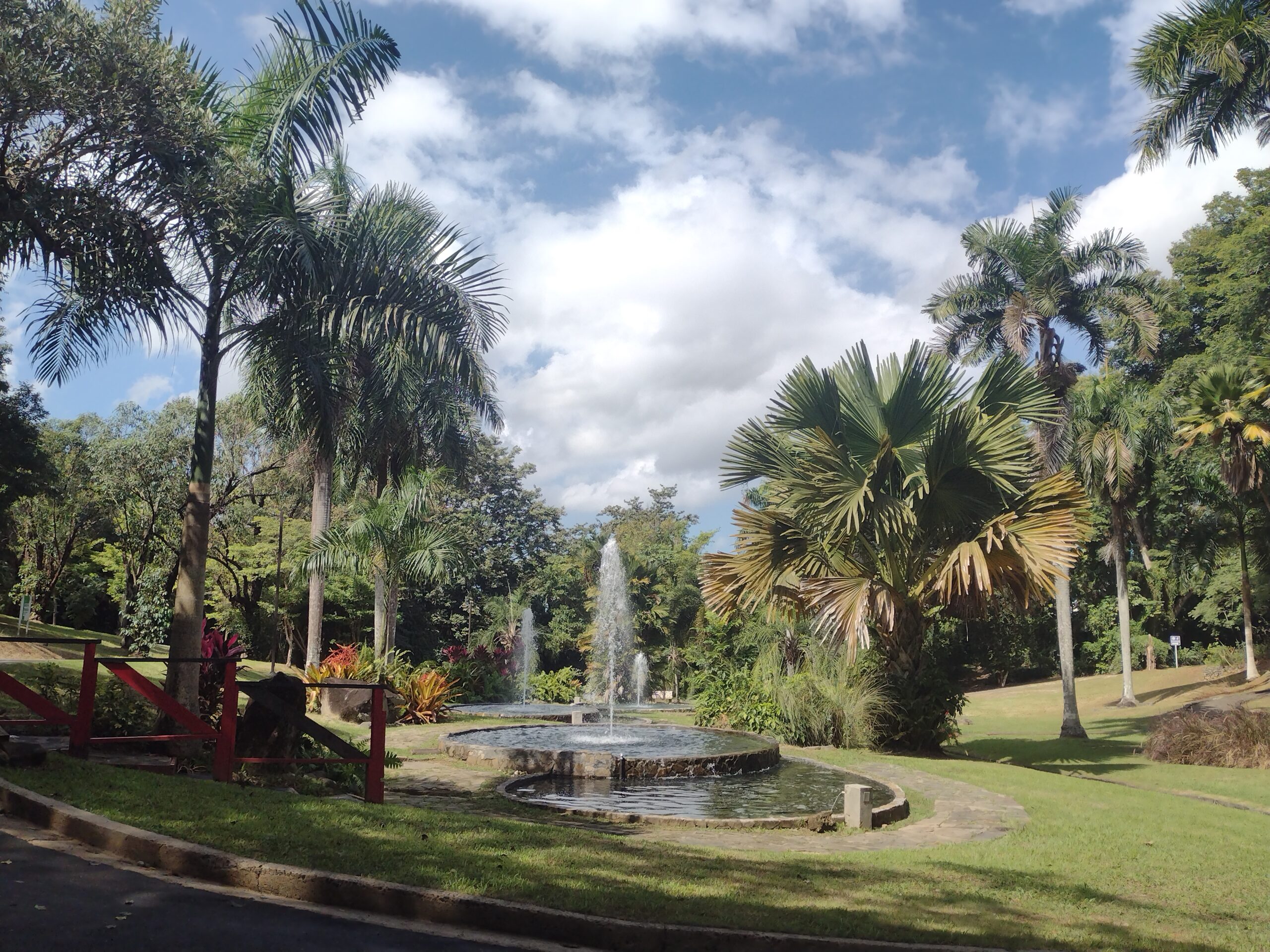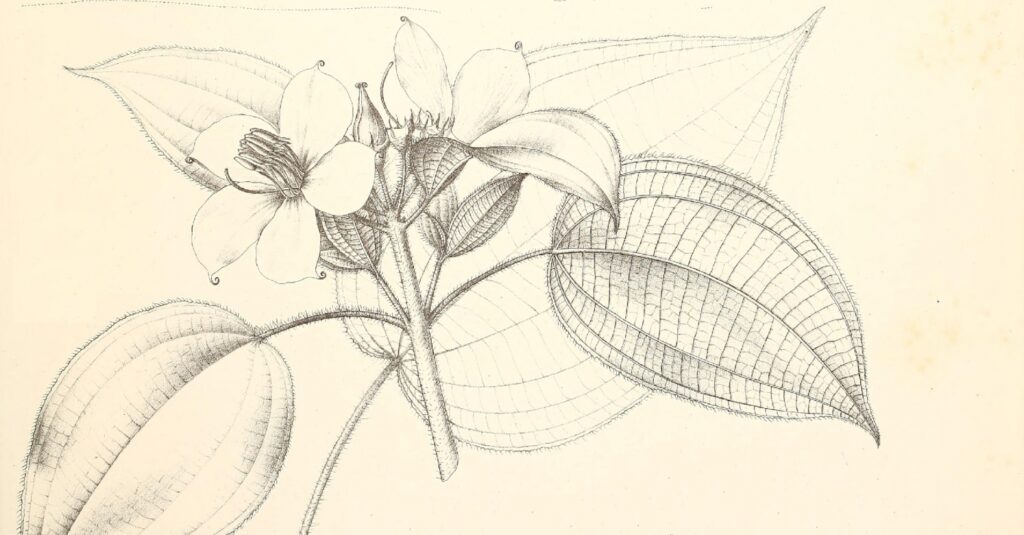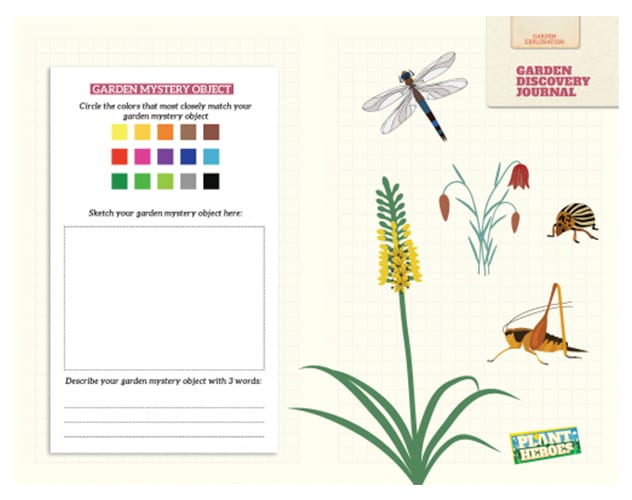
Whether we’re planning a vacation or just need a break from screen time, there is a lot of benefit to slowing down and tuning in to nature and ourselves. So we’ve created a printable Garden Discovery Journal to take on your next adventure with your little learners—whether that means a break on the balcony, a trip to the trail, a picnic in the park or an adventure at a public garden. There’s space to write, draw and daydream. Print and repeat as often as you like! Find the free journal here.
Before you head out, here are some tips and inspiring words from experts at public gardens:
Slow Down and Look at the Little Things
Andrea DeLong-Amaya, director of horticulture for the Lady Bird Johnson Wildflower Center in Austin, TX, says that exploring green spaces close to you can be really rewarding if you slow down and look at the little things: “Take a hand lens out on your walks if you have one, or use your phone camera to zoom in and look close. Stop and sketch if you have time! Maybe you’ll also notice whatever insects are visiting the plant, and that can be entertaining too.”
You Don't Need to Be An Artist or Scientist to Keep a Nature Journal
In a blog post about sketching in nature from Phipps Conservatory and Botanical Gardens, in Pittsburgh, PA, Dr. Maria Wheeler-Dubas, science education outreach Manager explains that though you don’t need to be an artist or scientist to keep a nature journal, drawings are a very important part of the botanical record. “As recently as the last century, sketches and drawings were an essential tool in [the] skill box of a naturalist. In a world without readily available cameras, drawing was the primary means of showing someone this flower or that bird,” wrote Dr. Wheeler-Dubas.
Try Tapping All of Your Senses
In our Garden Discovery Journal, there is space to record three observations about each organism the learner is observing (we have prompts for a plant, an insect, and a “garden mystery object”). In a nature-journaling blog post for Tower Hill Botanic Garden in Boylston, MA, Trisha Danforth wrote about the benefit of tapping into all your senses. “What do you hear? Can you smell the dirt or grass? Is that leaf smooth or fuzzy? These are all great questions to ask yourself as you open up your journal. Using all of your senses when journaling will deepen your connection to the nature around you. Tip: try shutting your eyes and let your other senses take over,” says Boylston.
Looking for More Ways to Enrich the Garden Discovery Journal, Perhaps for Older Learners?
Here are a few more observations you can help them incorporate:
- Record the measurements of the organism you are observing. If it’s an insect, you can estimate or make a comparison (ex: “It’s bigger than a dime,” or “about the length of my thumb”). Getting too close to an insect could stress it out or result in a defense such as a sting.
- Ask, “How does observing this plant/insect/garden make me feel?” A few examples of feelings that might come up are: hopeful, big, scared, curious, dreamy, happy, confused, delighted
With colors, sketches and descriptions, Plant Heroes Garden Discovery Journals allow students to discover new plants and insects that live in their local gardens.
Written by: Angel Horne

